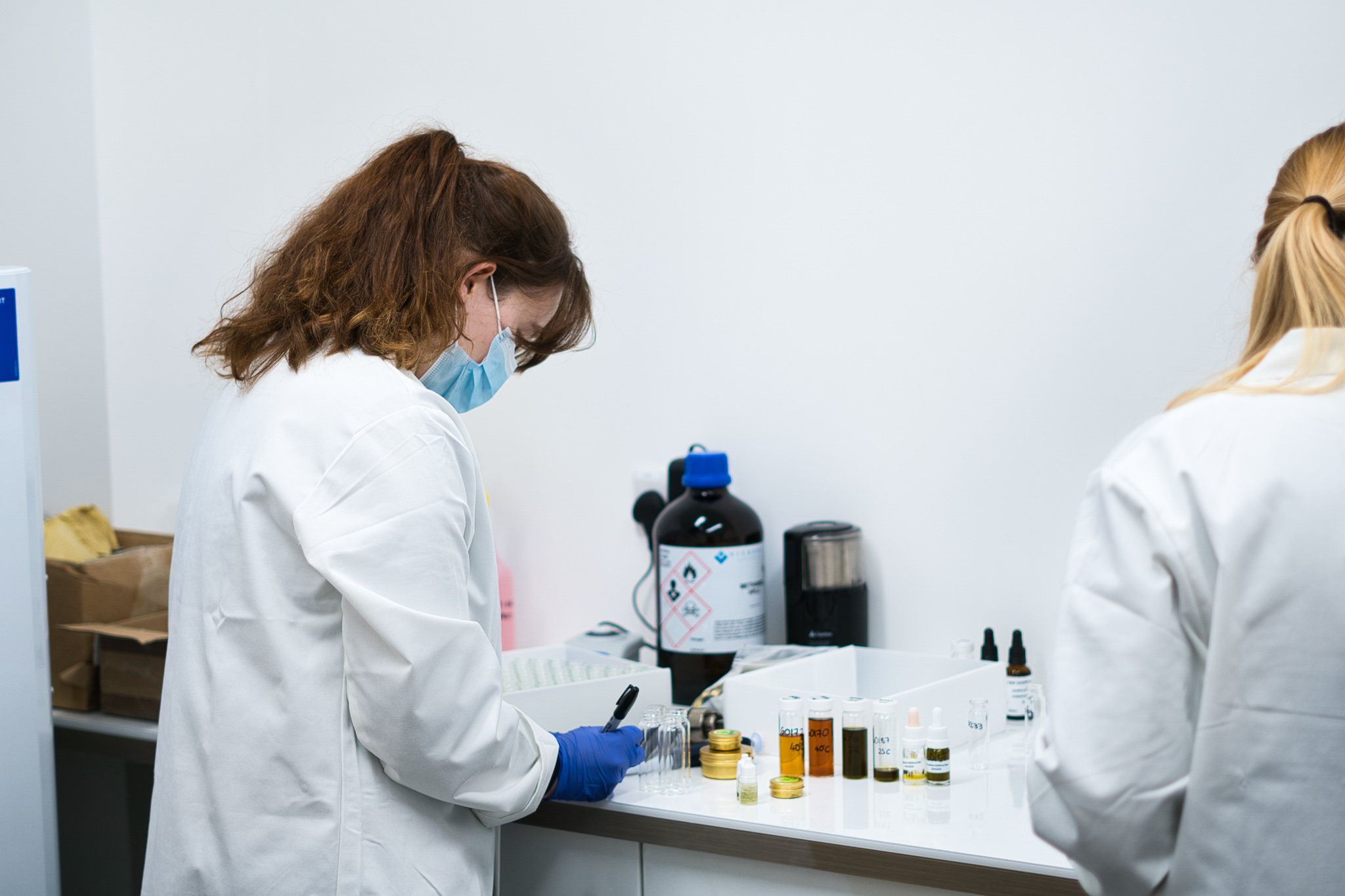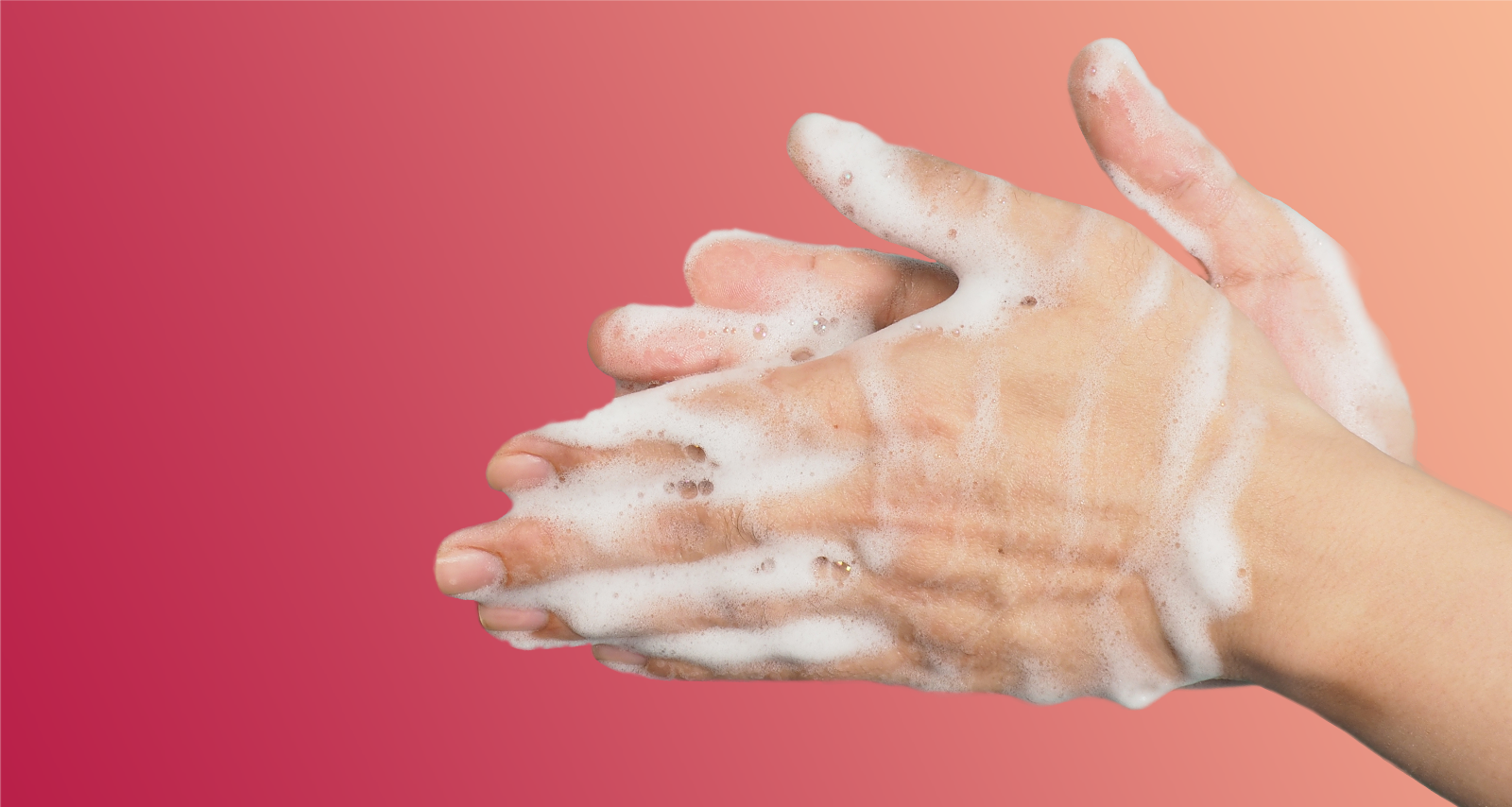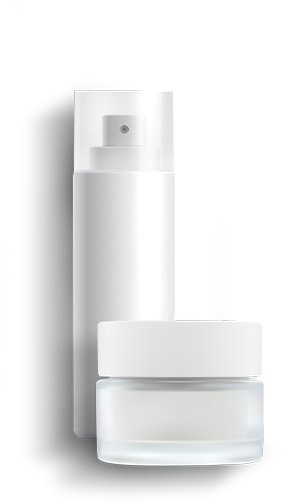In the dynamic world of product formulation, continuous improvement and adaptation are not just beneficial but essential.
At ADSL, we specialise in navigating these complexities, offering expert assistance in improving and modifying existing formulations and developments. As products mature and markets evolve, it becomes imperative for businesses to adapt not only to stay competitive but also to meet ever-changing regulatory, market, and consumer demands.
Understanding the Need for Modification in Formulation
Modification in product formulation is an inevitable aspect of the product life cycle. Over time, external factors such as market trends, consumer preferences, regulatory changes, and technological advancements can significantly affect a product’s relevance and effectiveness. For instance, a shift in regulatory standards may require changes in the chemical composition of a product, or innovations in packaging technology might offer new opportunities for cost savings or enhanced user experience. Similarly, as preservation technologies advance, updating formulations to incorporate these new methods can improve the shelf life and safety of products.
At ADSL, we recognize these needs and are equipped to guide our clients through each step of the modification process. Our approach is comprehensive and tailored, ensuring that every product not only meets current standards but is also poised for future success
How ADSL Assists with Formulation Troubleshooting
Our methodology at ADSL involves a deep dive into the existing formulation to identify and understand the core of any issues or potential enhancements. Here’s how we assist our clients:
- Regulatory Compliance: Keeping abreast of the latest regulations is crucial. Our team ensures that formulations are not only compliant with current laws but are also adaptable to anticipated changes in regulations. This proactive approach helps in avoiding costly recalls or re-formulations.
- Market Adaptation: Markets are continually changing, and a product that once met consumer needs perfectly may now be outdated. We help identify these shifts in consumer behaviour and market demand, suggesting formulation tweaks that can rejuvenate an ageing product or align it with contemporary trends.
- Enhanced Preservation and Efficacy: As new preservation technologies become available, incorporating these can enhance the efficacy and longevity of products. We provide expertise in integrating cutting-edge preservatives that align with both regulatory standards and consumer expectations regarding safety and environmental impact.
- Packaging Innovations: Packaging is often the first thing a consumer notices. We work with our clients to ensure that their product packaging is not only functional and attractive but also compatible with the formulation. This includes considerations for material interactions, sustainability, and user convenience.
Why Choose ADSL as Your Formulation Partner?
Choosing ADSL as your development partner means gaining a collaborator who is deeply committed to the science and art of formulation. Our firm understanding of regulatory drivers and market trends, combined with a comprehensive approach to product development, sets us apart. We are not just problem solvers but also innovators who anticipate changes and prepare your products to meet future demands.
In conclusion, whether you are looking to troubleshoot existing issues, adapt to new market conditions, or ensure compliance with the latest regulations, ADSL offers the expertise and support needed to navigate these complex processes successfully. Embrace the inevitable change with ADSL, and let us transform challenges into opportunities for growth and innovation.
Take the next steps
If you would like to know more about the services ADSL provides or speak to a member of our Formulation and Development department please call +44 (0) 1803 520 048 or book a free video consultation with us using the Get Started link.




